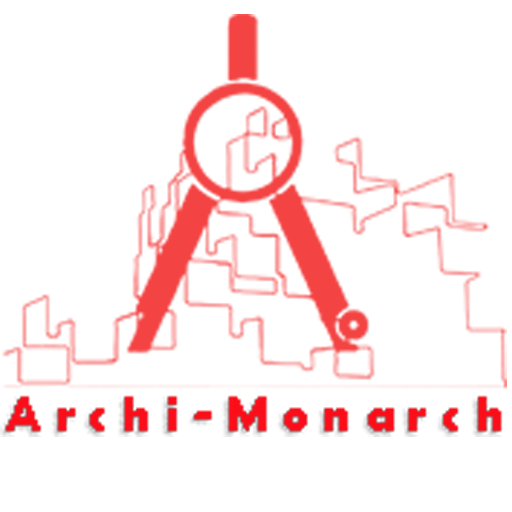A reception table plays a crucial role in interior architecture, serving as both a functional and aesthetic focal point in the entrance area of a space. It is typically the first point of contact for visitors, making its design essential in setting the tone and creating a strong first impression.
The table must balance practicality with visual appeal, often incorporating branding elements, clean lines, and high-quality materials to reflect the identity of the organization.
In architectural planning, the placement, scale, and lighting of the reception table are carefully considered to ensure accessibility, visibility, and seamless integration with the overall interior design.
Whether in corporate offices, hotels, or healthcare facilities, the reception table is a key component in guiding flow, enhancing user experience, and establishing a welcoming environment.
If you want to know about the kitchen detail or miscellaneous detail or water tank detail, please click the link.
Image of Reception table detail and downloadable (in DWG) link below

Reception table detail drawing – 1
In architectural construction, a reception table detail drawing is a precise and scaled technical illustration that outlines the materials, dimensions, joinery, and construction methods used to build the table. These drawings are essential for fabricators and contractors to accurately interpret the design intent and ensure the final product aligns with architectural specifications.
A typical detail drawing of a reception table includes:
- Plan View: Shows the top-down layout, including the overall shape, dimensions, and spatial relationships of elements such as the countertop, workspaces, and any cutouts for wiring or equipment.
- Elevation View: Displays the front and side views, highlighting height, material finishes, paneling, decorative elements, and signage integration.
- Section View: Reveals internal construction details, such as framework, support structures, cabinetry, and layers of materials like laminate, veneer, or solid surfaces.
- Material Specifications: Lists finishes, edge treatments, glass or metal components, and any integrated lighting or technology features.
- Joinery & Fixing Details: Illustrates how components are connected—like dowels, screws, brackets, or adhesives—and how the table will be fixed to the floor or surrounding elements.
These detailed drawings are often accompanied by notes and references to standards, ensuring that the reception table is not only visually aligned with the interior design but also structurally sound and functional.
Our tips to help you improve your architectural Reception table detailing.
